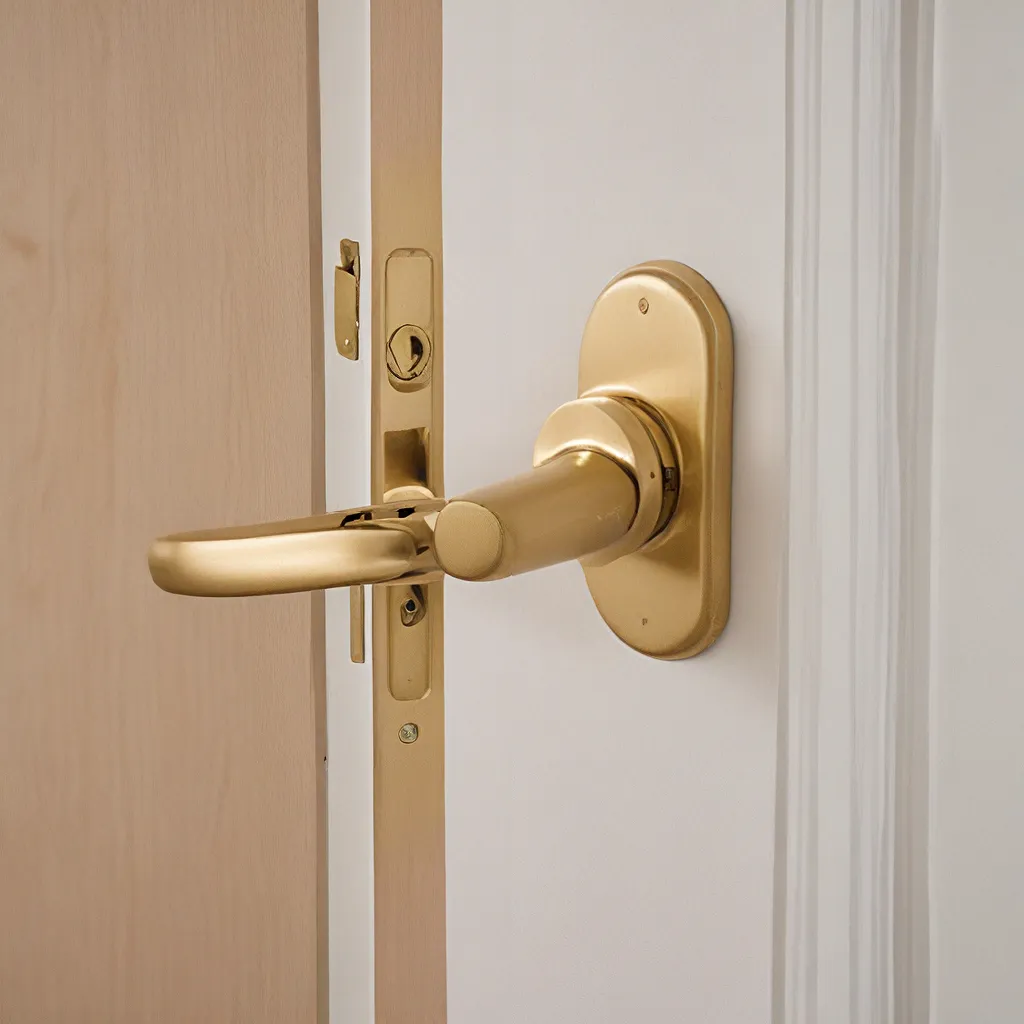
In today’s fast-paced world, the security and accessibility of our homes and businesses have never been more paramount. As the main entry points, commercial door locks and access control systems play a critical role in safeguarding our most valuable assets. Regular maintenance and troubleshooting of these essential components are not just a matter of convenience, but a necessity to uphold the highest standards of safety and security.
Understanding the Anatomy of Commercial Door Locks
At the heart of secure commercial access lies the door lock, a complex interplay of mechanical and technological components. From the lock mechanism and key cylinder to the leversets and latches, each element plays a vital role in ensuring the smooth operation and reliability of the entry point.
Selecting the right door lock for your commercial space is a crucial decision, one that must consider factors such as the level of security required, the frequency of usage, and the compatibility with the door material and frame. High-quality locks supported by sturdy door frames and metal constructions ensure the entire assembly works seamlessly to protect against unauthorized entry.
The integration of standard hardware with an interchangeable core allows for quick rekeying without the need to replace the entire lock, making it a cost-effective solution for businesses looking to maintain high security with minimal downtime.
Maintaining Commercial Door Locks and Hardware
Consistent maintenance and inspection of commercial door hardware are essential to extend the lifespan of the lock system and ensure it continues to perform optimally. This involves a comprehensive approach, encompassing both the physical components and the technological aspects of modern access control solutions.
Physical Maintenance Tasks include:
– Lubricating moving parts to prevent sticking or jamming
– Tightening loose screws to ensure the lock and hardware are securely attached
– Testing the lock mechanism to verify smooth engagement and disengagement
– Rekeying or replacing cylinders to address security concerns, such as lost or stolen keys
For doors equipped with traditional locks, maintenance may involve rekeying or replacing cylinders to address security concerns, such as employee terminations or changes to staff and maintenance crews.
Integrating Smart Technologies in Commercial Doors
The evolution of commercial door security has seen a significant integration of smart technologies, transforming the landscape of business access control. Smart commercial door locks now offer advanced features such as remote access, biometric identification, and real-time monitoring, setting new standards for commercial security.
However, the sophistication of these locks underscores the necessity for regular maintenance to address the unique challenges posed by technological components. Ensuring that software updates to the access control system and firmware updates to the locks are applied promptly, checking battery levels in electronic locks, and assessing the integrity of wireless connections are all part of a comprehensive maintenance strategy to keep these advanced door lock systems functioning reliably.
Maintaining Integrated Security Systems
The integration of technology in commercial door locks extends beyond the lock itself, encompassing a broader security ecosystem that includes video surveillance, access control, and alarm systems. Regular maintenance of these interconnected systems is paramount to ensure seamless operation and prevent security vulnerabilities.
This involves not only the physical inspection of locks and hardware but also the assessment of the software and IT infrastructure that supports these technological solutions. Adopting a proactive approach to maintenance can significantly enhance the longevity and effectiveness of commercial door locks equipped with new-age access technology.
Determining the Maintenance Frequency
Establishing the appropriate maintenance frequency for commercial security systems is crucial for ensuring ongoing operational integrity and security. A general guideline is to conduct a thorough inspection and maintenance at least annually. However, the specific schedule can vary based on several factors, including the level of usage, the environment in which the locks and systems operate, and the complexity of the security technology in use.
High-traffic businesses, such as retail stores, malls, and office buildings, may require more frequent checks, possibly bi-annually or quarterly, due to the increased wear and tear on door mechanisms and security hardware. For businesses employing advanced security technologies, such as biometric scanners or smart locks integrated with broader access control systems, a more frequent targeted maintenance plan is advisable.
Partnering with Professionals for Comprehensive Maintenance
Maintaining the security and accessibility of your commercial premises is a multifaceted endeavor that requires specialized expertise. Partnering with a professional access control company like MW Door Service can offer personalized advice and maintenance plans tailored to the specific needs and risks associated with your business.
These experts are equipped with the knowledge and tools to service a wide range of commercial door access systems, from high-security locks and keys to the most advanced technological access control solutions. By proactively maintaining your commercial door locks and access control systems, you can ensure your business remains secure, accessible, and compliant with all life safety codes and standards.
In the realm of door security, prevention is key, and comprehensive maintenance services from trusted professionals can safeguard the foundation of your business’s success. Reach out to MW Door Service today to schedule an assessment and learn how you can keep your commercial doors operating at peak efficiency while prioritizing the safety and security of your premises.


